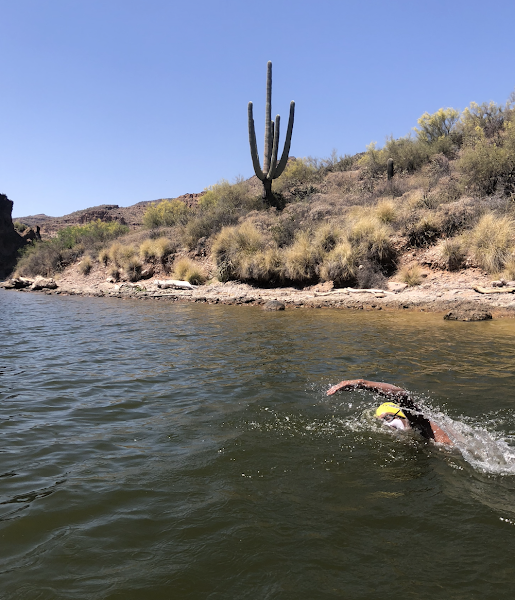 When athletes use KAATSU equipment with a rowing machine, a treadmill, an elliptical machine, a statinary bicycle or TRX straps, they can use their KAATSU equipment before, during, and/or after each training session.
When athletes use KAATSU equipment with a rowing machine, a treadmill, an elliptical machine, a statinary bicycle or TRX straps, they can use their KAATSU equipment before, during, and/or after each training session.There are numerous options to use the KAATSU Air Bands at the standard pressure settings (Low, Medium, or High) or customized settings (ranging from very low to very high) at different durations.
Before The Training Session
> Use the Progressive KAATSU Cycle function as a warm-up. One standard option is to do 1-2 KAATSU Cycle sets in the Low pressure setting, followed by 1-2 KAATSU Cycle sets in the Medium pressure setting, and followed by 1-2 KAATSU Cycle sets in the High pressure setting, either or both on my arms and legs (if there is sufficient time).
> If time were an issue, then the user can either "double stack" or choose either arms or legs.
> By "double stacking", users can proceed with their daily activities (e.g., working in the office, writing emails, reading, walking the dog, stretching) while in the KAATSU Cycle mode. That is, proceed with a primary activity (e.g., writing emails) while the KAATSU Air Bands are on either the arms or legs in the Cycle mode. Therefore, their primary activities are not being interupted; rather, they are "double stacking" and achieving two things at once.
> The purpose of these Progressive KAATSU Cycle sets is to prepare your vascular system for an optimal workout.
During The Training Session
> Athletes can alternate using the KAATSU Air Bands on their arms or legs as they wish.
> Depending on the type of rowing, running, or cycling workout they do (e.g., at a steady moderate cadence or at an intense pace), the pressure settings can change. However, for most users, either the Low or Medium pressure setting is sufficient. Perhaps over time, the athletes may increase to Medium and High, but this is highly individualistic and depending on the type of workout.
> In general, these in-training sessions with KAATSU Air Bands is limited to 10 minutes.
After The Training Session
> Post-training is an ideal time to do recovery KAATSU Cycle sets.
> After the workout, the athletes can simply relax with the KAATSU Air Bands on either their arms or legs (whichever felt the most fatigued) in either the Low, Medium, or High pressure setting.
This may sound like a lot of KAATSU Cycle sets, but it is not always necessary to do KAATSU before, during and after each training session. Seriously minded and elite athletes can, but mixing up the duration, intensity, pressure, and use on the arms or legs enables flexibility.
However, if given a choice, doing Progressive KAATSU Cycle sets before the training sessions may be the most beneficial over time for many people. Alternatively, doing post-training KAATSU sessions could be either a primary or secondary priority depending on the needs and focus on the athlete - which can change depending if the athlete is in the off-season, pre-season, in-season, and championship season.

 Copyright © 2014 - 2023 by KAATSU Global
Copyright © 2014 - 2023 by KAATSU Global












